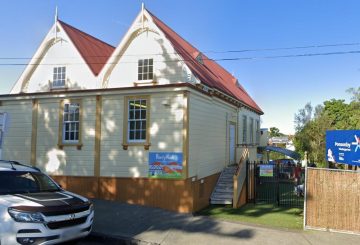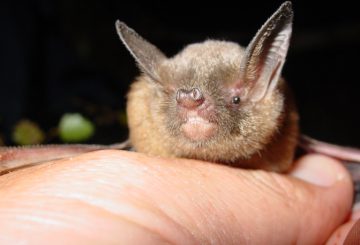那些错过了昨天午夜人口普查截止日期的人仍然可以在网上填写表格或索取实物论文。
新西兰的官方人口普查日是昨天,但该国尚未确定其是否已达到90%的回复率目标。
新西兰统计局表示,截至昨天午夜截止日期,已有260万人参加。
那些错过最后期限的人仍然可以在网上填写表格或索取实物论文,而那些在受飓风加布里埃尔影响地区的受飓风加布里埃尔影响的人则被延长至6月1日。
新西兰统计局表示,其目标是使这次人口普查成为迄今为止最具包容性的人口普查,此前2018年的最后一次人口普查的回复率为50年来最低,仅为83.3%。
统计部长黛博拉·罗素早些时候告诉RNZ,她有信心达到今年人口普查的90%的完成率,但如果回应率不足,她不会辞职。
新西兰统计局表示,它有3500人在实地工作,为了确保人口普查惠及尽可能多的人,甚至还把表格留在了徒步小屋里。
RNZ昨天在奥克兰中央商务区与人们交谈时发现,虽然有些人早在3月7日的最后期限之前提交了表格,但另一些人则感到不那么紧迫,因此一直等到最后一天才提交。
虽然法律要求新西兰的每个人在人口普查日填写表格,但来自菲律宾的国际学生温告诉RNZ,他没有意识到这一点。
新西兰统计局表示,其2023年人口普查的优先受众之一是族裔社区,包括移民和难民。
来源:r adionz.co.nz




























































